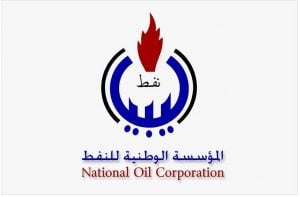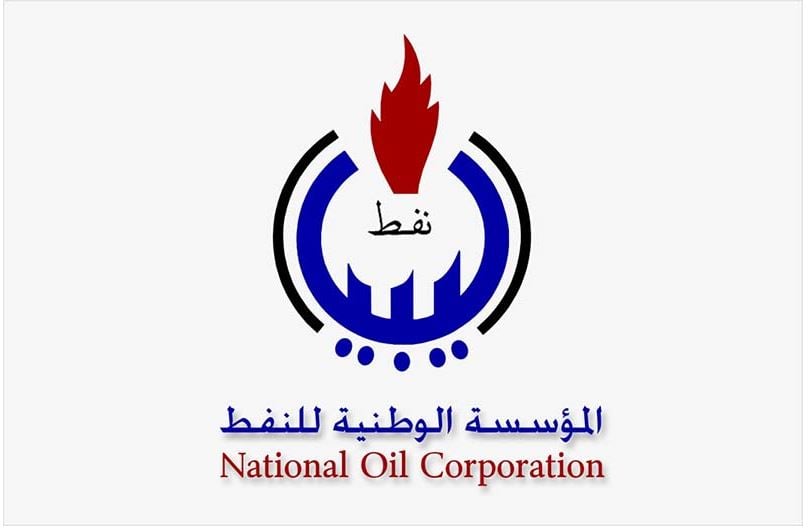By Sami Zaptia.
Libya’s National Oil Corporation (NOC) announced that Mellitah Oil & Gas Co has recently restored two crude oil producing wells – in spite of security challenges and logistical difficulties.
The NOC revealed that after a thorough study conducted by the company’s Reservoir Engineering Department, in coordination with NOC’s Reserve Development Department, the corporation’s engineers were able to apply the Schlumberger Coiled Tubing Velocity String technique to well A52; closed since July 2017 due to continuous low wellhead pressure, preventing the flow of crude oil.
NOC explained that his technique was first applied to Libyan fields on September 18, 2017, pumping gas produced by one of the gas wells through well A52 production pipelines to ensure the flow of crude oil.
Production was successfully restored at the well, with a daily rate of 2600 barrels per day (bpd).
NOC reported that he same technique was applied to well A20 on February 1, 2018, and prouction was successfully restored with a daily rate of 1200 bpd.
NOC also revealed that studies are now being conducting on several other wells in the hope of replicating this technique following the success at the Wafa field.
The revelation by the NOC is part of its drive to increase Libya’s oil production in an attempt to reach the post 2011 revolution production high of about 1.5 million barrels per day.
Libya is a rentier state, overwhelmingly dependent on hydrocarbons. It is currently producing between 1 to 1.2 m bpd.
The country is going through an economic crisis with a recurring budget deficit, inflation and a collapse in the black-market exchange rate.
Libya is also going through a security crisis with militias dominating the security scene. This insecurity is depressing the private sector, making the economy even more dependant on its oil revenues.
The insecurity has made it difficult for international oil and gas exploration companies to operate in Libya. This has therefore meant that the NOC has had to rely more on Enhanced Oil Recovery (EOR) techniques to squeeze out more production out of its ageing oilfields.









